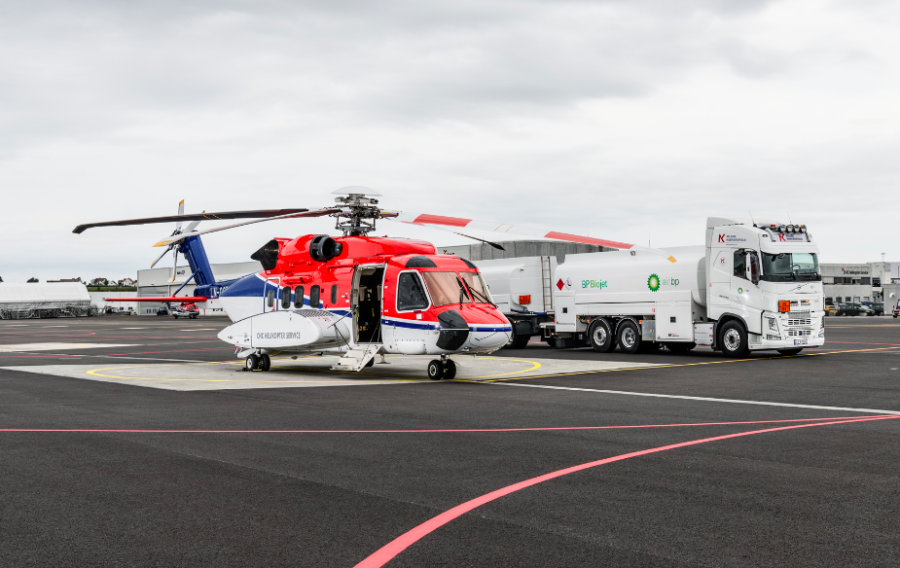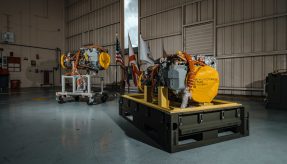
Sikorsky has approved the use of Sustainable Aviation Fuel (SAF), often referred to as biofuel, for the S-92 helicopter as an alternative to petroleum-based fuels and the aircraft completed its first flight.
This approval occurs as companies across the aviation industry are taking steps to meet environmental challenges, including transitioning to sustainable aviation fuels derived from renewable non-fossil fuel sources and utilized by aircraft certified for Jet A/A-1 fuels.
CHC Helikopter Service of Norway, was the first to fly the S-92 helicopter using Synthetic Paraffinic Kerosene (HEFA-SPK) which is one of seven types of approved SAFs available today. SAFs are capable of reducing lifecycle carbon emissions by up to 80% when compared to petroleum-based jet fuels. HEFA-SPK is produced from waste and residual feedstock such as used cooking oil.
“As a Corporation, we are committed to sustainability and I am proud that our S-92 helicopter is playing a role in a more sustainable future,” said Jason Lambert, Sikorsky’s vice president of Global Commercial and Military Systems. “The aircraft is known for its unmatched advantages and the use of biofuel is one more attribute on that list.”
GE Aviation, which manufactures the CT7-8A engines that power the S-92 helicopter, supports Sikorsky’s ambitions to reduce carbon emissions through the use of SAF. GE is heavily involved in the qualifying and testing of approved SAF blends.
“The S-92 helicopter’s first flight using SAF further demonstrates how SAF can be used today with our CT7 engines to lower CO2 emissions,” said Harry Nahatis, vice president and general manager of GE Turboshaft Engine programs. “All GE engines are capable of using approved SAF blends without any modifications, and we firmly believe flights like this demonstrate how SAF can contribute to more sustainable flight across the aviation industry.”
Norwegian offshore helicopters will be the first to fly commercial flights on biofuel on the Sikorsky S-92 helicopter. The use of biofuel across the S-92 global fleet is an additional benefit to the offshore oil and gas mission.







